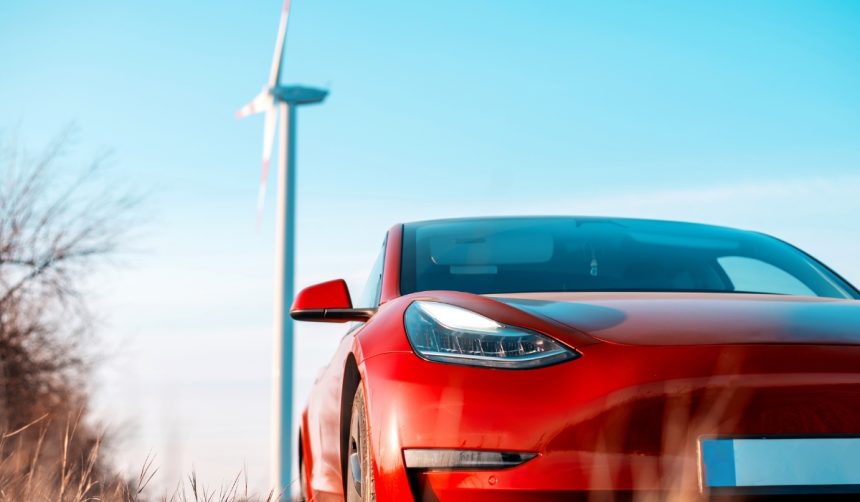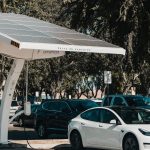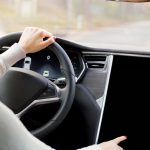Tesla is set to begin testing its Full Self-Driving (FSD) technology on public roads in Sweden, following official approval from the Swedish Transport Agency. This decision gives Tesla permission to operate three vehicles using the FSD suite across all state highways and expressways within the country. With this development, Sweden becomes the latest location in Europe to allow trials of FSD capabilities, broadening the scope of Tesla’s international autonomous vehicle efforts. Swedish drivers and local authorities now await the outcomes of on-road tests, observing how the technology functions in diverse real-world scenarios.
The announcement follows prolonged efforts by Tesla to secure testing rights for its FSD system within European territories, where regulatory challenges have caused notable delays. Unlike in North America, where the FSD suite has been available to consumers in select regions, European market entry required extensive data collection and formal site assessments before permission was granted. Developments in other European countries had previously been minimal, with regulatory uncertainty hampering widespread trials. The decision marks a shift in Sweden’s approach to autonomous vehicle experimentation compared to initial hesitancy seen over recent years.
What Does Sweden’s FSD Testing Approval Cover?
The authorization permits Tesla to test three of its vehicles equipped with the Full Self-Driving suite on Swedish state highways and expressways. The current approval limits testing strictly to company-owned vehicles rather than allowing public access. Over the coming months, data generated from these controlled tests will play a key role in determining whether broader implementation of FSD becomes feasible in Sweden. According to the Swedish Transport Agency,
“Tesla received permission to test automated vehicles last week. This includes three vehicles and all state highways and expressways in Sweden.”
The agency emphasized that all operations must comply with established safety protocols during the testing period.
How Does Tesla’s European FSD Rollout Compare Globally?
Globally, Tesla has launched its FSD technology suite in several markets, such as the United States, Canada, Mexico, Puerto Rico, Australia, New Zealand, and China, where it is known as “City Autopilot.” Approval processes and operational conditions differ from country to country, shaped by local regulatory requirements. The Swedish move shares similarities with American states like Nevada and Arizona, where Tesla’s Robotaxi initiatives initially allowed only employee-conducted trials and excluded public participation. This controlled approach enables authorities to monitor performance and safety before considering consumer access.
What Are the Next Steps for Tesla in Sweden?
Tesla will continue collaborating with Swedish regulators to demonstrate the reliability and safety of its FSD software in local settings. A pivotal element in achieving the current approval involved passing a Formal Site Assessment Test (SAT), with both parties analyzing real-world driving data. Now, Tesla can progress to the next stage of validation.
“Tesla got approval to test FSD in Sweden!”
stated Alexander Kristensen, a local Tesla owner, reflecting the company’s ongoing engagement with Swedish authorities. Data from these tests may influence the timeline for commercial or broader public rollout.
Sweden’s move to permit limited FSD testing provides valuable insights into how autonomous driving systems could interact with European infrastructure and regulatory environments. Unlike countries where consumer access to FSD has been accelerated, the Swedish model emphasizes gradual, closely monitored trials, reflecting local priorities for road safety and public oversight. Readers interested in autonomy policy trends should note these differing approaches, as they influence the pace and manner of technological adoption. For those following self-driving vehicles, understanding each nation’s regulatory framework and testing protocols will be crucial as these technologies become more widespread and as Europe potentially moves toward greater acceptance of autonomous vehicle solutions.










